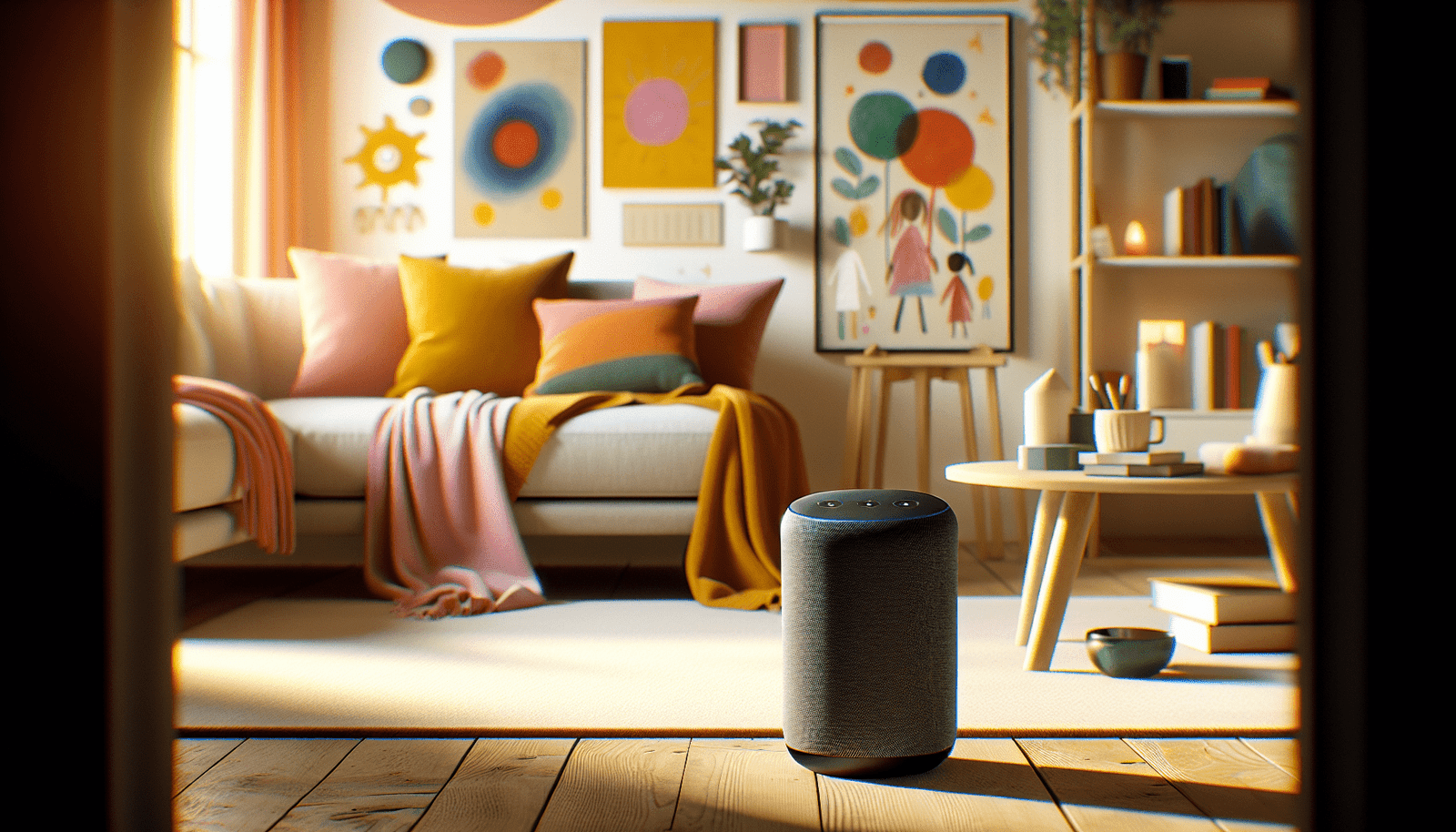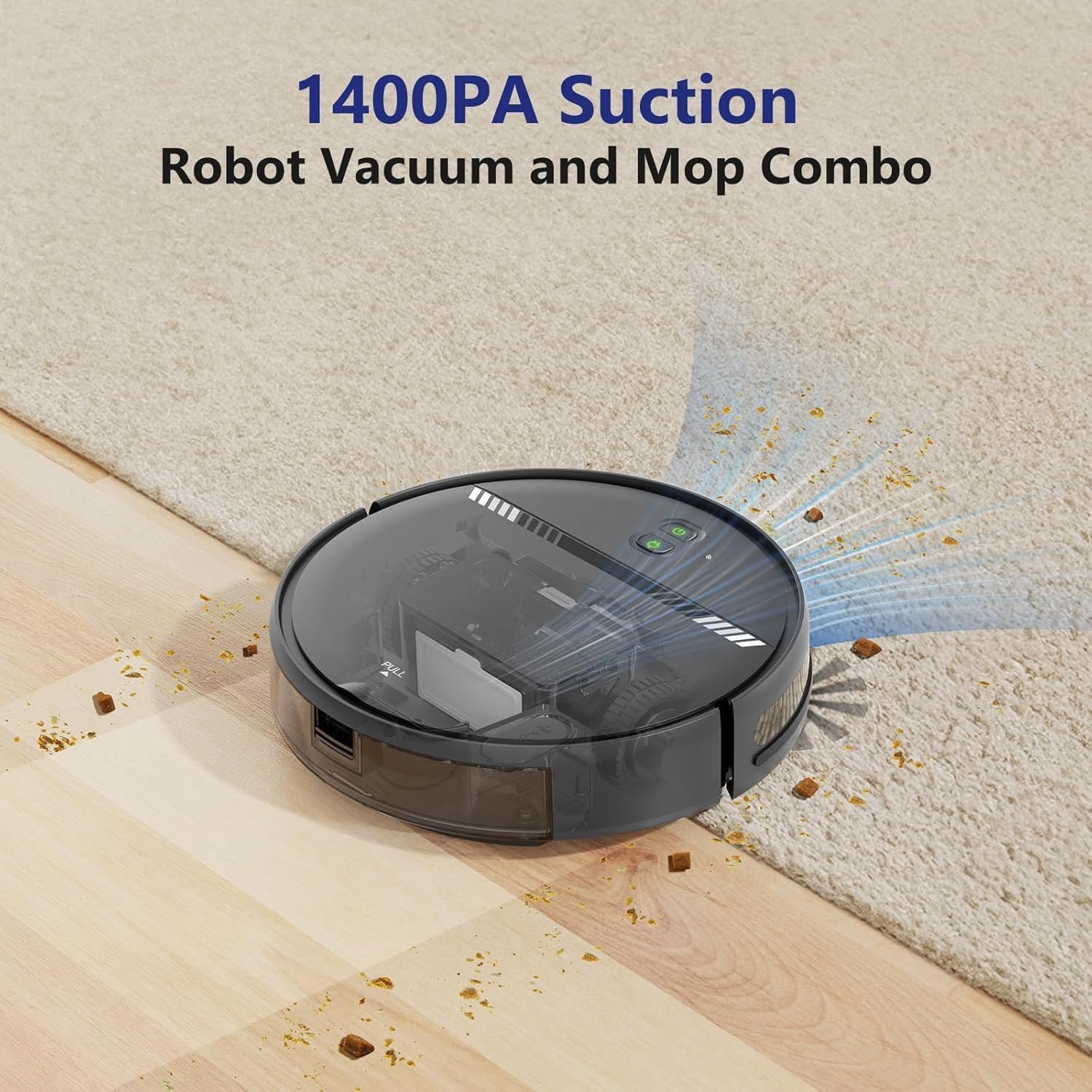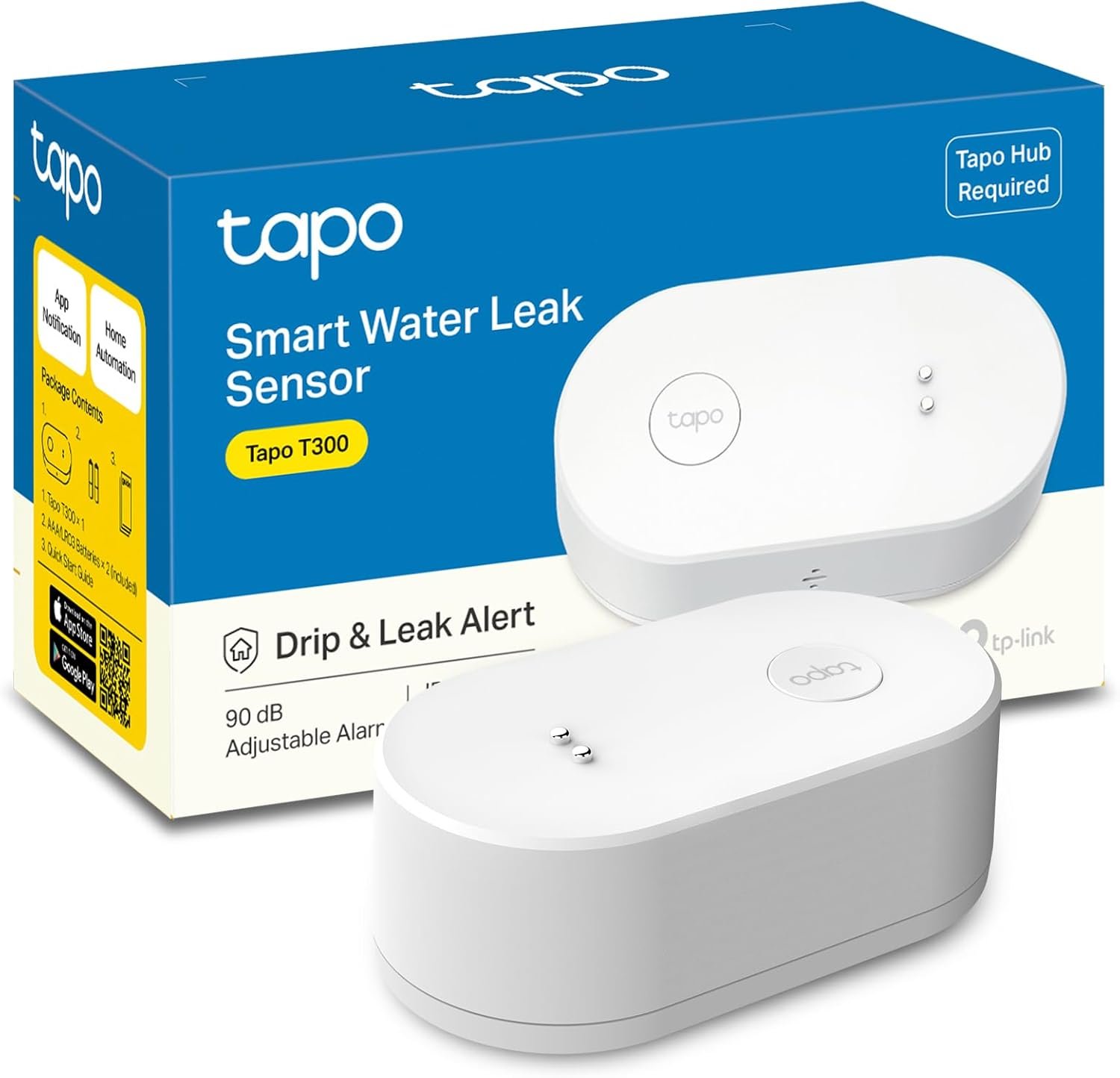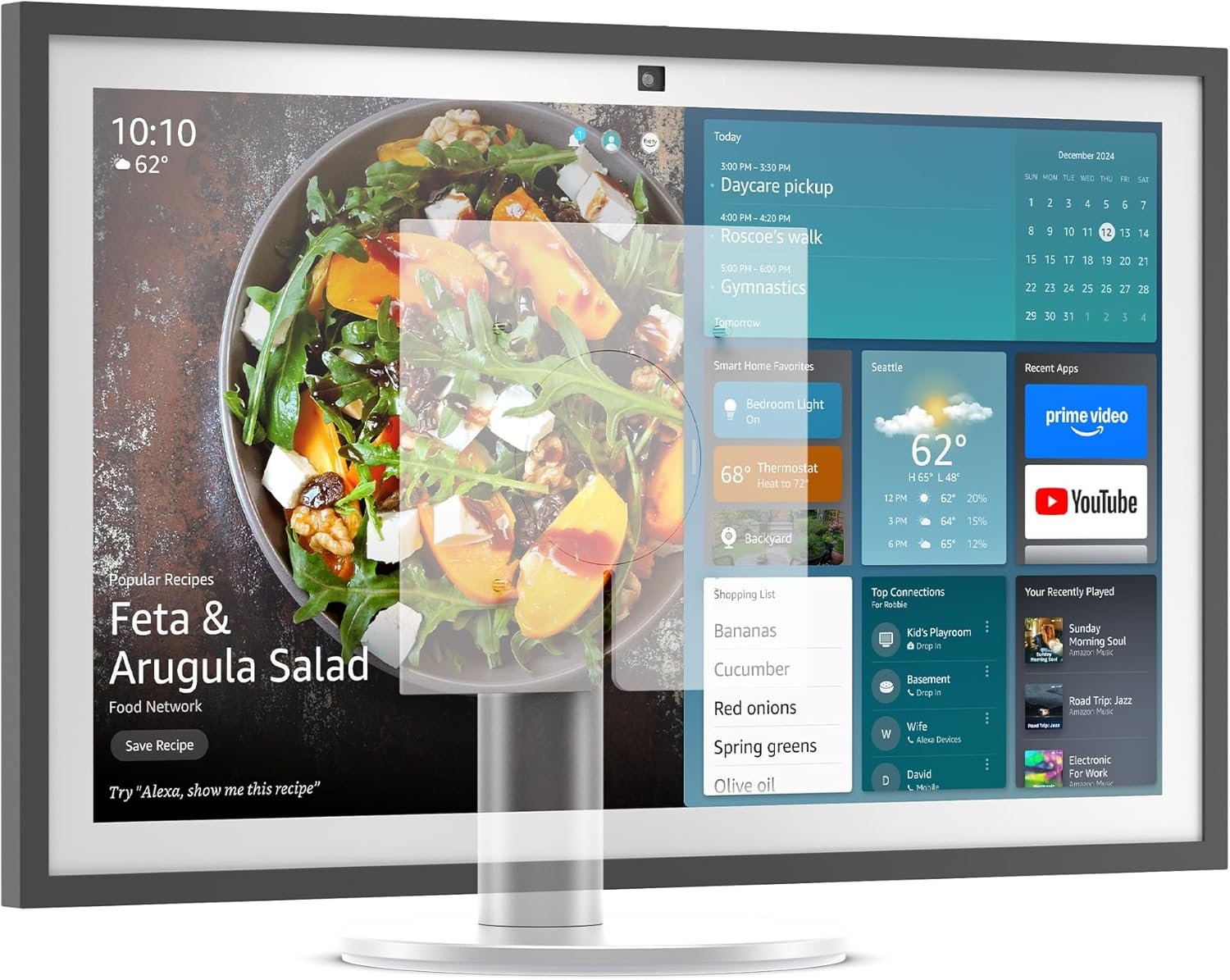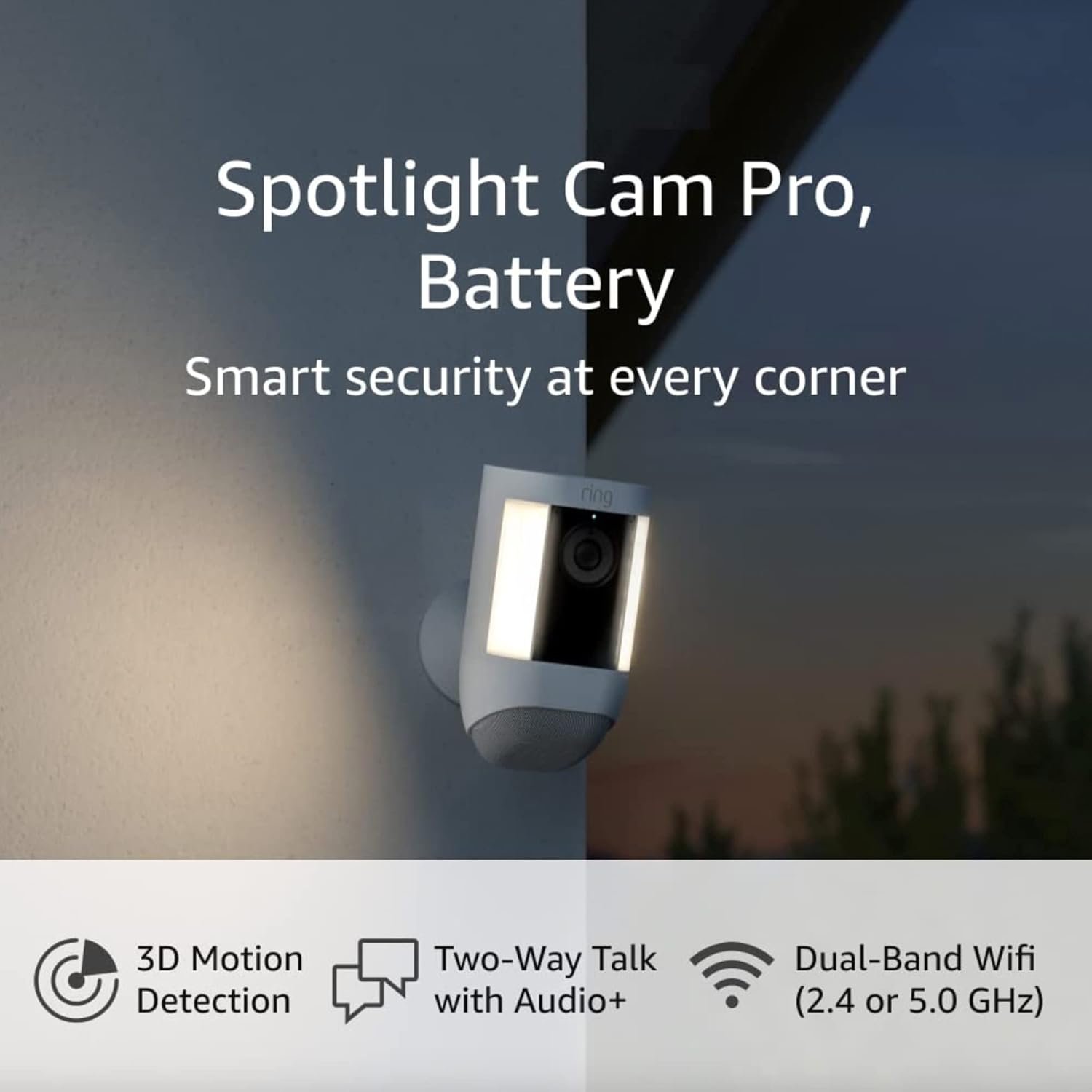Have you ever imagined what life would be like if your home could anticipate your needs and make your daily routines more convenient? This isn’t science fiction anymore—it’s now a reality, thanks to the world of smart home automation. For busy families always on the go, transforming your living space into a smart home can save you time and energy, streamline your day-to-day activities, and even enhance your home’s security. Let’s explore how Smart home technology can simplify your life and help you manage your household with greater ease.
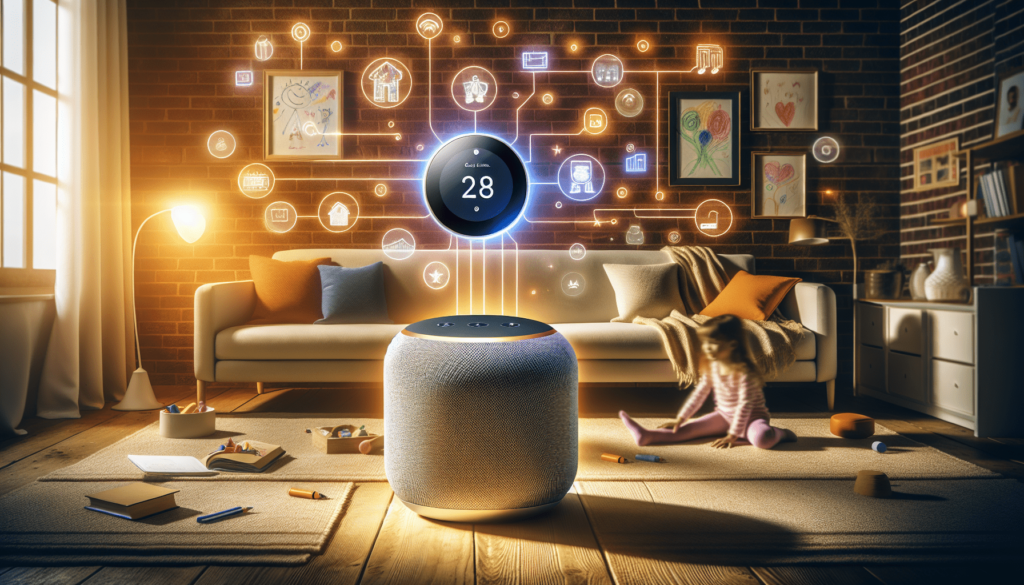
Understanding Smart Home Technology
Smart home technology refers to devices and systems that connect to the internet and are designed to automate tasks typically handled manually in the household. These devices can communicate with each other, providing a centralized platform for you to control various aspects of your home environment. Whether it’s adjusting your thermostat, turning off lights, or securing your home, smart technology makes it all effortless.
The Basics of Smart Home Devices
Smart home devices span a wide range of products, each designed to enhance specific aspects of home life. Common examples include smart speakers, smart thermostats, smart locks, smart lighting, and home security cameras. These devices can usually be controlled through smartphone apps or voice commands, simplifying the way you engage with your home.
Choosing the Right Ecosystem
When setting up a smart home, it’s crucial to select an ecosystem that suits your needs. Popular ecosystems include Amazon Alexa, Google Assistant, and Apple HomeKit. Each offers unique features and compatibility with various devices. Before making a choice, consider which devices you’ll be using and ensure they are compatible with the ecosystem you select.
Smart Home Automation for Families
Busy families can benefit significantly from smart home automation, as it offers both convenience and peace of mind. With many tasks automated, you can focus more on spending quality time with loved ones rather than managing mundane household chores.
Streamlining Daily Routines
Smart homes can simplify everyday activities. For example, smart lights can be programmed to turn on or off at certain times, or your coffee maker can start brewing as soon as you wake up. These seemingly small changes can make a significant impact on your daily schedule.
Enhancing Security for Peace of Mind
A smart home can make your family feel safer. Devices like smart locks and security cameras allow you to monitor your home remotely. You can receive alerts on your smartphone if there’s any unusual activity, and you can lock or unlock doors from anywhere.
Cost and Value Considerations
Investing in a smart home setup might seem expensive at first, but the value it provides often outweighs the initial cost. Many smart devices help reduce energy consumption and enhance security, which can offer long-term savings and an improved home environment.
Installation Costs
Initial installation costs can vary depending on the devices you choose and whether you install them yourself or hire a professional. While DIY installations might be cheaper, some complex setups may require professional expertise.
Long-term Savings
Smart thermostats and lighting systems can help reduce energy bills, providing significant long-term savings. These devices learn your preferences and adjust settings accordingly, minimizing waste and optimizing the use of resources.
Practical Setup Guides
Getting started with smart home devices can be a breeze, even for tech novices. Let’s walk through some basic setup guidelines to ensure you make the most of your smart home devices.
Setting Up a Smart Thermostat
- Choose Compatibility: Ensure your smart thermostat is compatible with your heating/cooling system.
- Install the Device: Follow the manufacturer’s instructions for wiring and mounting the thermostat.
- Connect to Wi-Fi: Use the device’s app to connect to your home’s network.
- Create a Schedule: Program your thermostat based on your family’s routine.
Integrating Smart Lighting
- Select Compatible Bulbs or Switches: Choose those compatible with your ecosystem (e.g., Alexa, Google Assistant).
- Replace Existing Bulbs or Switches: Simply swap out existing light bulbs or switches with smart versions.
- Set Up and Group: Use the smartphone app to label and group lights for easy control.

Addressing Security and Privacy Concerns
Security and privacy are crucial when it comes to smart home technology. It’s important to take steps to protect your devices and personal information.
Protecting Your Smart Home Devices
- Use Strong Passwords: Ensure all your smart home devices are protected by strong, unique passwords.
- Enable Two-Factor Authentication: Use two-factor authentication (if available) to add an extra layer of security.
- Keep Software Updated: Regularly update device firmware to patch security vulnerabilities.
Evaluating Privacy Features
Before purchasing any device, review the manufacturer’s privacy policy. Make sure they have clear terms on how your data is used and stored. Opt for brands that prioritize user privacy.
Energy Efficiency and Sustainability
Smart home devices aren’t just about convenience—they can also contribute to a more sustainable lifestyle by reducing energy consumption.
Reducing Energy Usage with Smart Devices
Smart thermostats, plugs, and light sensors can significantly reduce energy consumption by adjusting based on occupancy and usage patterns. This not only saves money but also reduces your carbon footprint.
Sustainable Living Tips with Smart Technology
- Schedule Energy Usage: Set schedules for devices to run during off-peak energy hours.
- Monitor Consumption: Use apps to monitor your energy usage and make adjustments as needed.
Ensuring Compatibility and Connectivity
A well-connected home has devices that seamlessly work together, regardless of the brand or platform.
Device Interconnection Through Platforms
Most smart home devices are compatible with multiple platforms, allowing them to operate cohesively. This is mostly achieved through hubs that serve as the central point of communication among devices.
Leveraging Voice Assistants
Voice assistants like Amazon Echo or Google Home can be used to control smart devices through voice commands, providing hands-free convenience and enhancing user experience.
Staying Ahead with Future-Proofing and Innovation
As technology evolves, staying informed about emerging trends can help you future-proof your smart home and ensure you’re using the most efficient solutions.
Exploring New Trends in Smart Home Technology
Emerging trends such as AI integration, enhanced connectivity like 5G, and advanced home robotics could redefine the smart home landscape. Keeping abreast of these advancements can provide you with new possibilities for home improvement.
Planning for a Smart Evolution
When selecting new devices, consider their upgradability and the likelihood of receiving future updates. Opt for technologies that can evolve with your family’s needs, providing a sound return on investment.
Making Informed Decisions About Smart Home Investments
Investing in smart home technology should align with your needs and budget. Before making purchases, evaluate your priorities, whether it’s improving security, enhancing energy efficiency, or increasing convenience.
Evaluating Need vs. Cost
Create a list of needs and compare them with the cost of devices. This will help ensure that you make purchases that are valuable and necessary.
Seeking Expert Opinions
Don’t hesitate to seek advice from smart home technology experts, especially when making significant investments. Professional insights can help you avoid common pitfalls and maximize your investment’s value.
Conclusion
By embracing smart home automation, busy families can turn their homes into efficient, safe, and enjoyable living spaces. From saving time on daily tasks to bolstering home security, the advantages of smart technology are significant and numerous. As you consider the transition or upgrade of your household to a smart home, remember that thoughtful planning and staying informed are key to capitalizing on the technology’s full potential. Your smart home is not only about convenience and comfort but also about leading the way toward a more connected and sustainable lifestyle.
